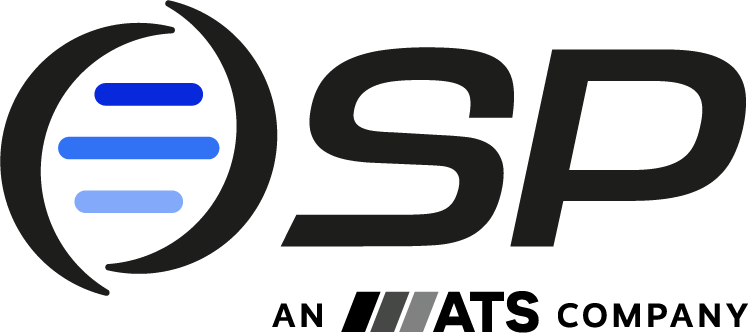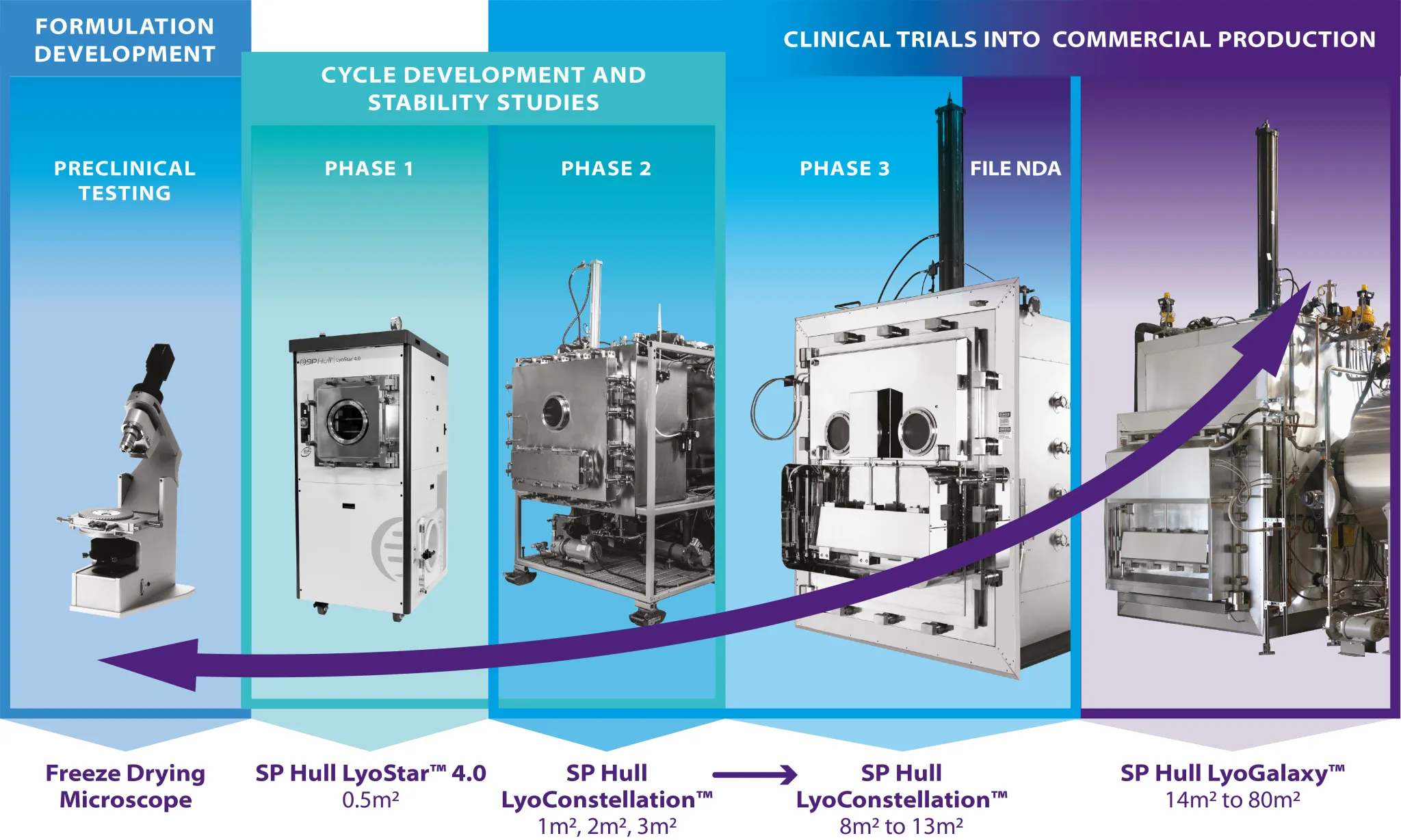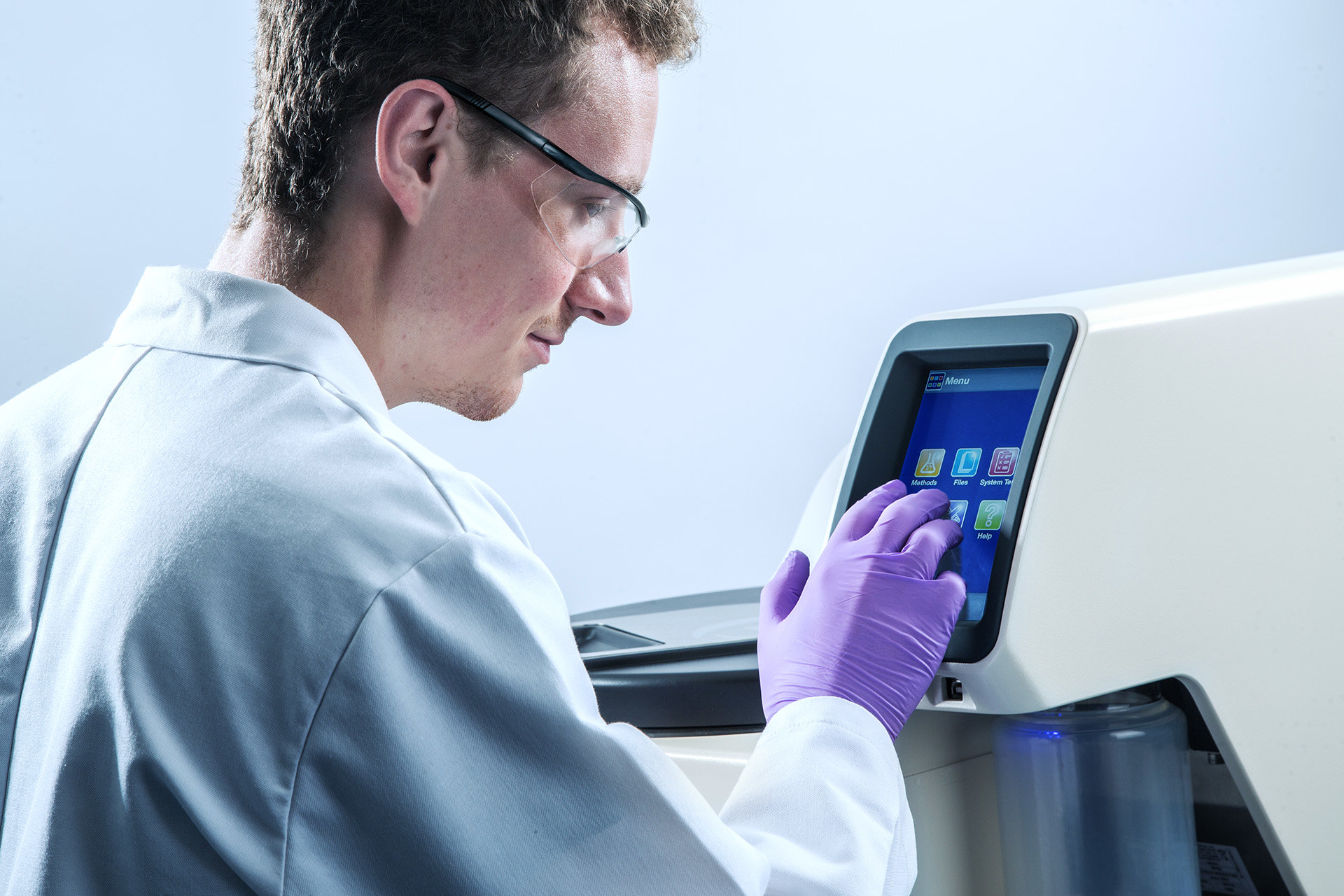Lyophilization is a technology based on fundamental principles of phase transformations and transfers of heat and matter. Understanding these principles is necessary to develop/optimize non empirically lyophilization recipes and avoid quality deviations such as intra-batch heterogeneity. The latter is often linked to spatial variations in heat transfer during the sublimation phase and to the resistance of the product (material transfer) to sublimation. Indeed, the sublimation speed depends essentially on the temperature of the frozen solutions and therefore on the heat transfer coefficient between the shelves and the solutions as well as on the resistance to the passage of water vapor through the dry layers of the lyophilisates. These are two essential parameters, to know and to implement in the decision tree, that allow to determine the duration of the primary drying step and the product temperature during sublimation. This presentation will focus on the approach used to evaluate the Kv heat transfer coefficient of tubing glass vials. The results will highlight the impact on the Kv value of the sublimation conditions (temperature and pressure), the primary packaging of the solutions to be lyophilized as well as the location of the bottles on the shelves. Edge effects, one of the sources of the heterogeneity of a production batch, will be illustrated. Finally, the use of Kv in a simulation model to define the duration and temperature of the sublimation phase and the “experimental” verification of their relevance will be presented.
Presented by Florent Kuntz, PhD Co-Manager of the freeze drying development department, and the Manager of the Irradiation/Dosimetry department at Aérial
Speaker
Florent Kuntz, PhD
Manager, Aérial








